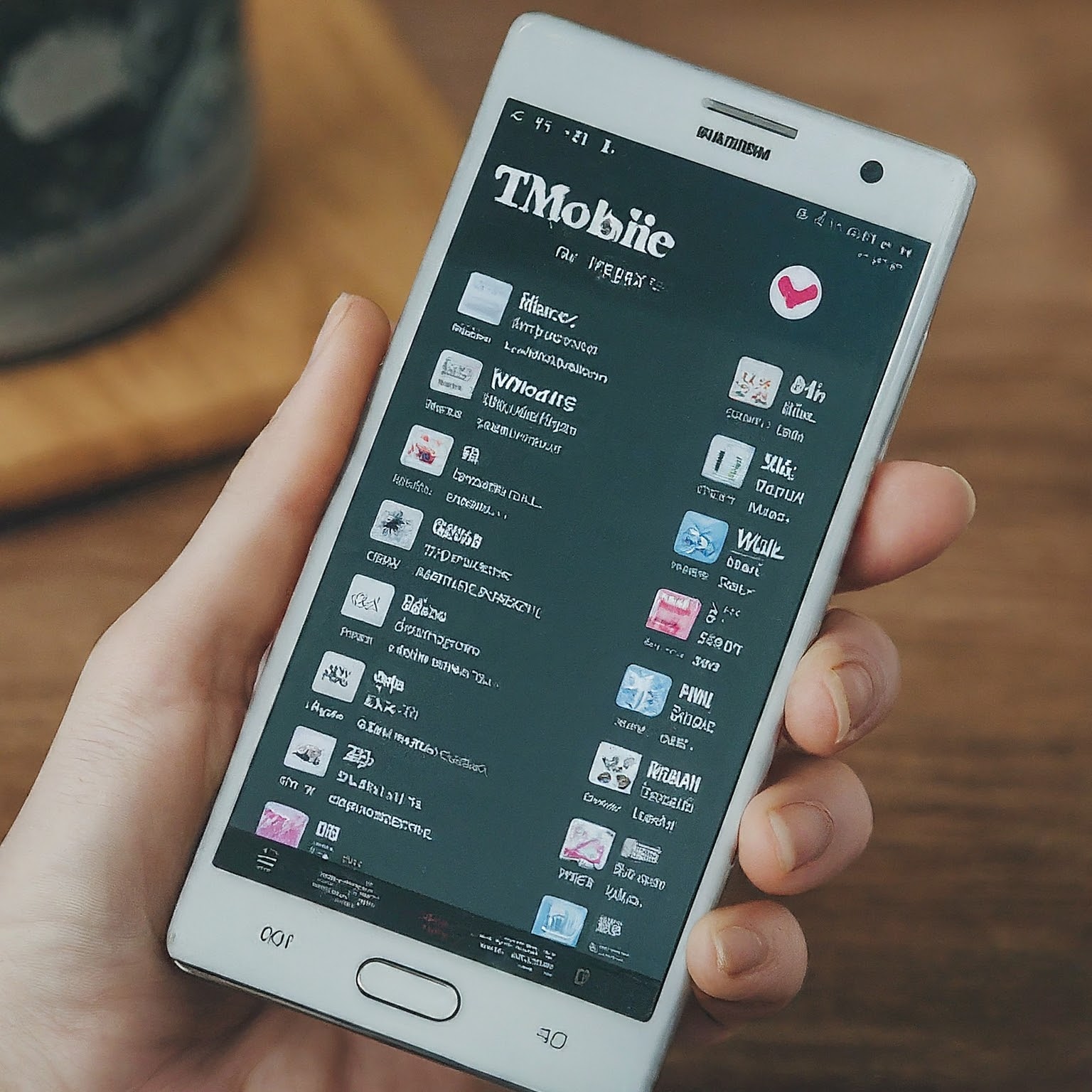In the age of smartphones and instant internet access, the concept of dialing T-Mobile 411 (or any 411 service) might seem like a relic of the past. However, directory assistance still plays a role in today’s connected world, albeit with some modern twists. This article will explore the history of 411 services, T-Mobile’s approach to providing directory assistance, the associated costs, and alternatives available to T-Mobile customers.

The History of 411
Early Days of Telephone Directories: Before the advent of 411, people relied on physical telephone directories to find phone numbers. These bulky books were updated annually and contained listings for both residential and business phone numbers.
The Birth of 411: In 1930, the 411 code was introduced as a universal number for directory assistance in the United States. It quickly became a popular and convenient way for people to find phone numbers.
The Rise and Fall of 411: The popularity of 411 peaked in the pre-internet era. However, with the rise of online directories, search engines, and smartphones with built-in contact lists, the demand for 411 services began to decline.
T-Mobile’s Approach to 411
Is 411 Still Available on T-Mobile? Yes, T-Mobile still offers 411 directory assistance to its customers. However, it is not a free service like customer support (611).
411 Charges: T-Mobile charges a fee for each 411 call, and the cost can vary depending on your plan and location. Typically, the fee is around $1.99 per call. It’s essential to be aware of these charges before using the service.
How to Use T-Mobile 411: To use T-Mobile 411, simply dial 411 from your T-Mobile phone. You will be connected to an operator who will ask for the name and location of the person or business you are trying to reach.
Why Some People Still Use T-Mobile 411
While the use of 411 has declined significantly, there are still some instances where it can be useful:
No Internet Access: If you don’t have access to the internet or a smartphone, 411 can be a quick and easy way to find a phone number.
Limited Information: If you only have partial information about the person or business you are trying to reach (e.g., name but not the address), 411 can help you track down the complete details.
Emergency Situations: In some emergency situations, 411 can be used to contact the police or other emergency services.
Alternatives to T-Mobile 411
If you want to avoid the charges associated with T-Mobile 411, there are several free alternatives available:
Online Directories: Websites like Whitepages, Yellowpages, and AnyWho offer free online directory services. You can search for phone numbers by name, address, or business type.
Search Engines: A simple Google search can often turn up the phone number you are looking for.
Mobile Apps: Many smartphone apps offer free directory assistance services. These apps often have additional features like reverse phone lookup and business reviews.
Social Media: If you are trying to find the phone number of a friend or family member, you can often find it on their social media profile.
Tips for Using Directory Assistance (Including T-Mobile 411)
Be Prepared: Have the name and location of the person or business you are trying to reach ready before you call.
Be Specific: The more information you can provide to the operator, the easier it will be for them to find the correct number.
Ask for Verification: If the operator provides a phone number, ask them to verify it by calling the number for you.
Note the Charges: If you are using T-Mobile 411, be aware of the charges associated with the service.
The Future of Directory Assistance
As technology continues to evolve, the role of directory assistance is likely to change even further. With the increasing popularity of virtual assistants like Siri and Alexa, people may increasingly rely on voice commands to find phone numbers. Additionally, the rise of location-based services may make it easier to find businesses and services nearby without needing to dial 411.
Conclusion
While T-Mobile 411 may not be as widely used as it once was, it still serves a valuable purpose for some customers. However, with a range of free alternatives available, it’s important to weigh the cost and convenience of each option before deciding which one to use.


